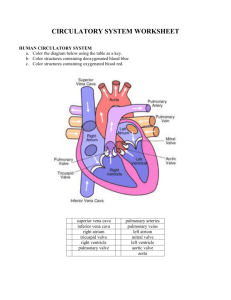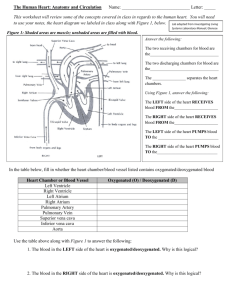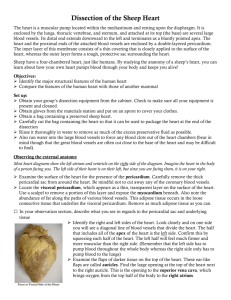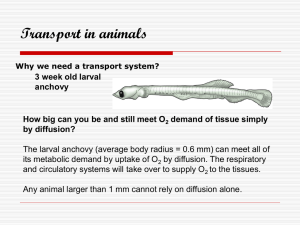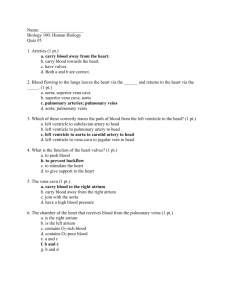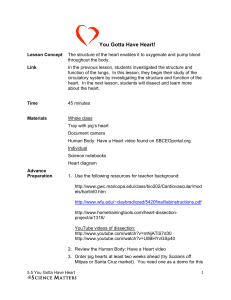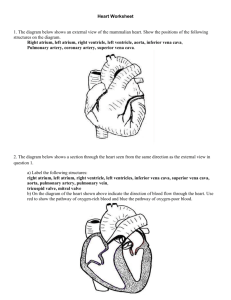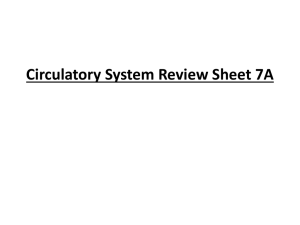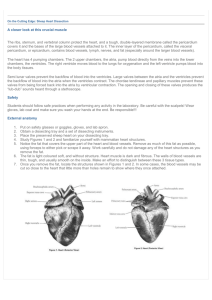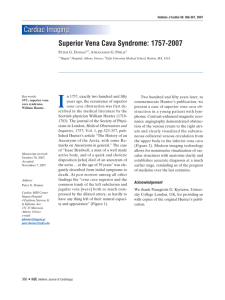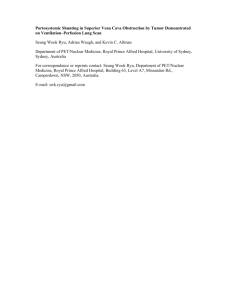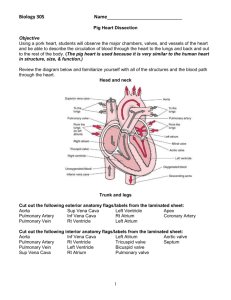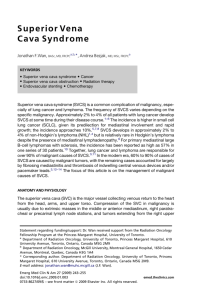Mammal Heart Dissect
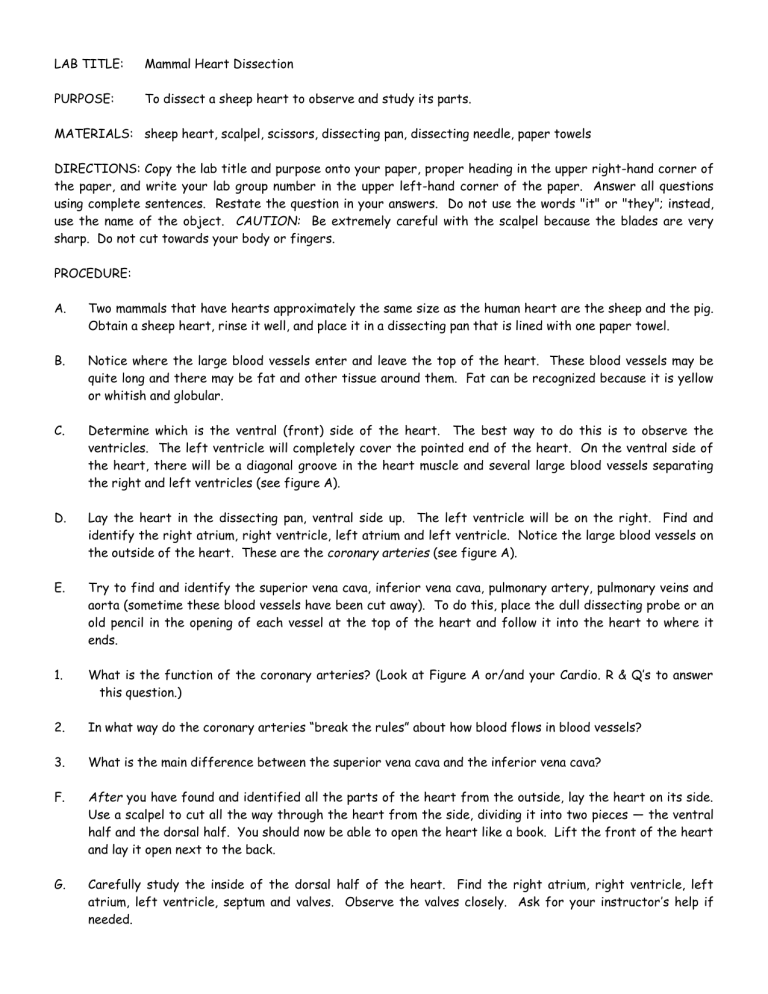
LAB TITLE: Mammal Heart Dissection
PURPOSE: To dissect a sheep heart to observe and study its parts.
MATERIALS: sheep heart, scalpel, scissors, dissecting pan, dissecting needle, paper towels
DIRECTIONS: Copy the lab title and purpose onto your paper, proper heading in the upper right-hand corner of the paper, and write your lab group number in the upper left-hand corner of the paper. Answer all questions using complete sentences. Restate the question in your answers. Do not use the words "it" or "they"; instead, use the name of the object. CAUTION: Be extremely careful with the scalpel because the blades are very sharp. Do not cut towards your body or fingers.
PROCEDURE:
A. Two mammals that have hearts approximately the same size as the human heart are the sheep and the pig.
Obtain a sheep heart, rinse it well, and place it in a dissecting pan that is lined with one paper towel.
B.
Notice where the large blood vessels enter and leave the top of the heart. These blood vessels may be quite long and there may be fat and other tissue around them. Fat can be recognized because it is yellow or whitish and globular.
C. Determine which is the ventral (front) side of the heart. The best way to do this is to observe the ventricles. The left ventricle will completely cover the pointed end of the heart. On the ventral side of the heart, there will be a diagonal groove in the heart muscle and several large blood vessels separating the right and left ventricles (see figure A).
D. Lay the heart in the dissecting pan, ventral side up. The left ventricle will be on the right. Find and identify the right atrium, right ventricle, left atrium and left ventricle. Notice the large blood vessels on the outside of the heart. These are the coronary arteries (see figure A).
E.
Try to find and identify the superior vena cava, inferior vena cava, pulmonary artery, pulmonary veins and aorta (sometime these blood vessels have been cut away). To do this, place the dull dissecting probe or an old pencil in the opening of each vessel at the top of the heart and follow it into the heart to where it ends.
1.
What is the function of the coronary arteries? (Look at Figure A or/and your Cardio. R & Q’s to answer this question.)
2.
In what way do the coronary arteries “break the rules” about how blood flows in blood vessels?
3.
What is the main difference between the superior vena cava and the inferior vena cava?
F. After you have found and identified all the parts of the heart from the outside, lay the heart on its side.
Use a scalpel to cut all the way through the heart from the side, dividing it into two pieces — the ventral half and the dorsal half. You should now be able to open the heart like a book. Lift the front of the heart and lay it open next to the back.
G.
Carefully study the inside of the dorsal half of the heart. Find the right atrium, right ventricle, left atrium, left ventricle, septum and valves. Observe the valves closely. Ask for your instructor’s help if needed.
4. How many valves are found inside the heart?
5. Describe where the valves are located by stating which two structures each valve separtates (see figure
C).
6. What is the function of the valves? (You may need to refer to your Cardio. Sys. R & Q’s.)
H. Find the location where each of the large blood vessels (superior vena cava, inferior vena cava, pulmonary artery, pulmonary veins, aorta) enters or leaves the heart. Complete the following statements by picking the correct [enter or exit] and stating the correct chamber (in the blank) to make the sentence correct.
Write the complete, correct sentence on your write up.
6. The superior vena cava and inferior vena cava bring blood [into/out of] the heart at the .
7. The pulmonary artery brings blood [into/out of] the heart at the .
8. The pulmonary veins brings blood [into/out of] the heart at the .
9. The aorta brings blood [into/out of] the heart at the .
I. When finished, you should be able to identify all parts of the heart from both the outside and the inside of the heart. Quiz your partner on these parts. Answer the following questions on your write up and then prepare for the quiz.
10. Which side of the heart contains deoxygenated blood from the body?
11. Explain how oxygen enters your body, moves about the body, and is used by your body.
12. Explain how carbon dioxide is produced by your body and removed by your body.
13. Write out the flow of blood through a mammalian heart using the following names of organs and blood vessels. Use arrows between the names to show the direction of blood flow. Include the following terms in your description: aorta, superior vena cava, inferior vena cava, artery, vein, arteriole, venule, systemic capillaries, lungs, pulmonary artery, pulmonary veins, right atrium, left atrium, right ventricle, left ventricle, oxygenated blood, deoxygenated blood. Begin with: right atrium ——> (be sure to use arrows between each part and do not write in a complete sentence format)
14. Which ventricle is larger and more muscular? Explain why.

